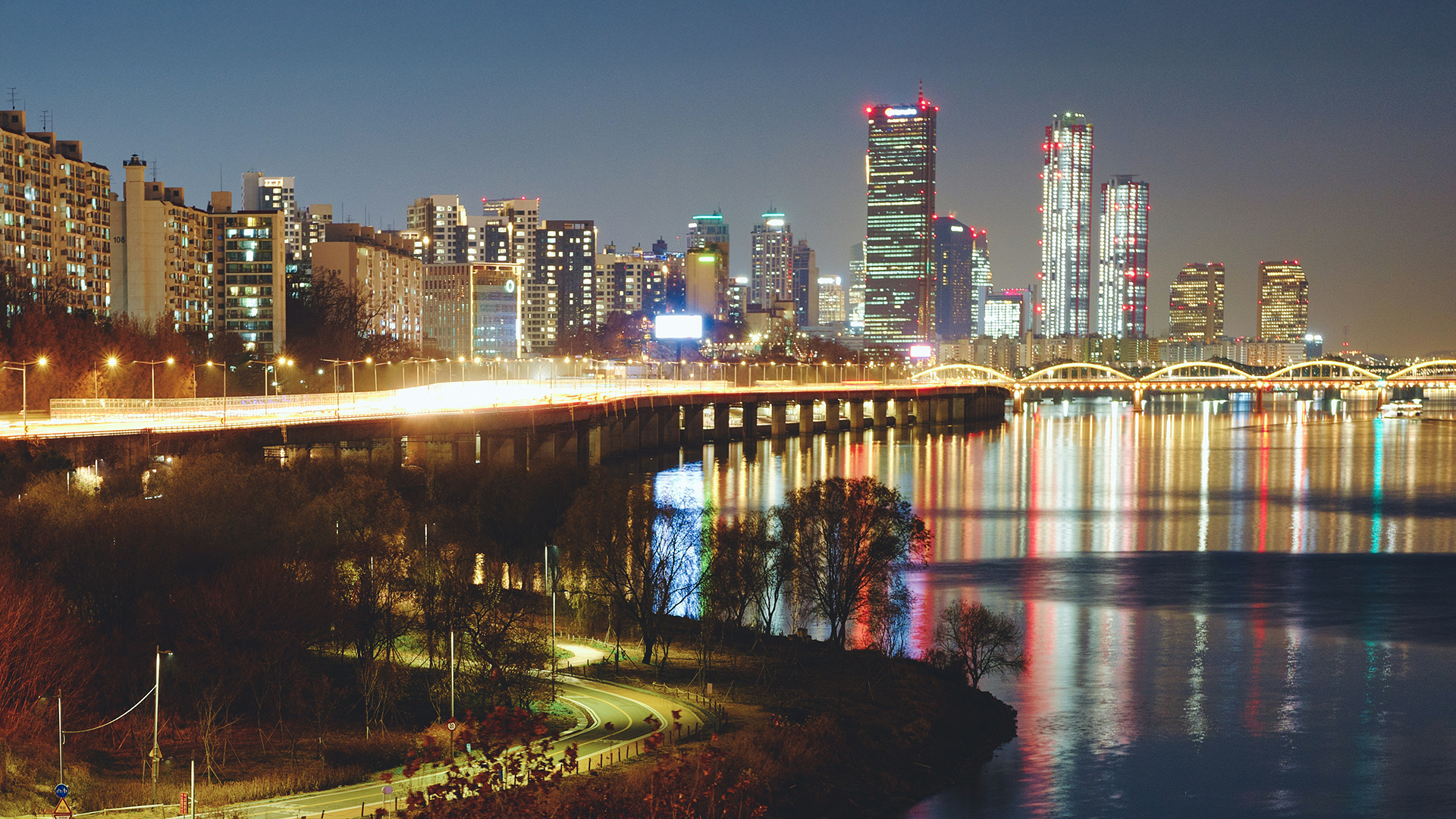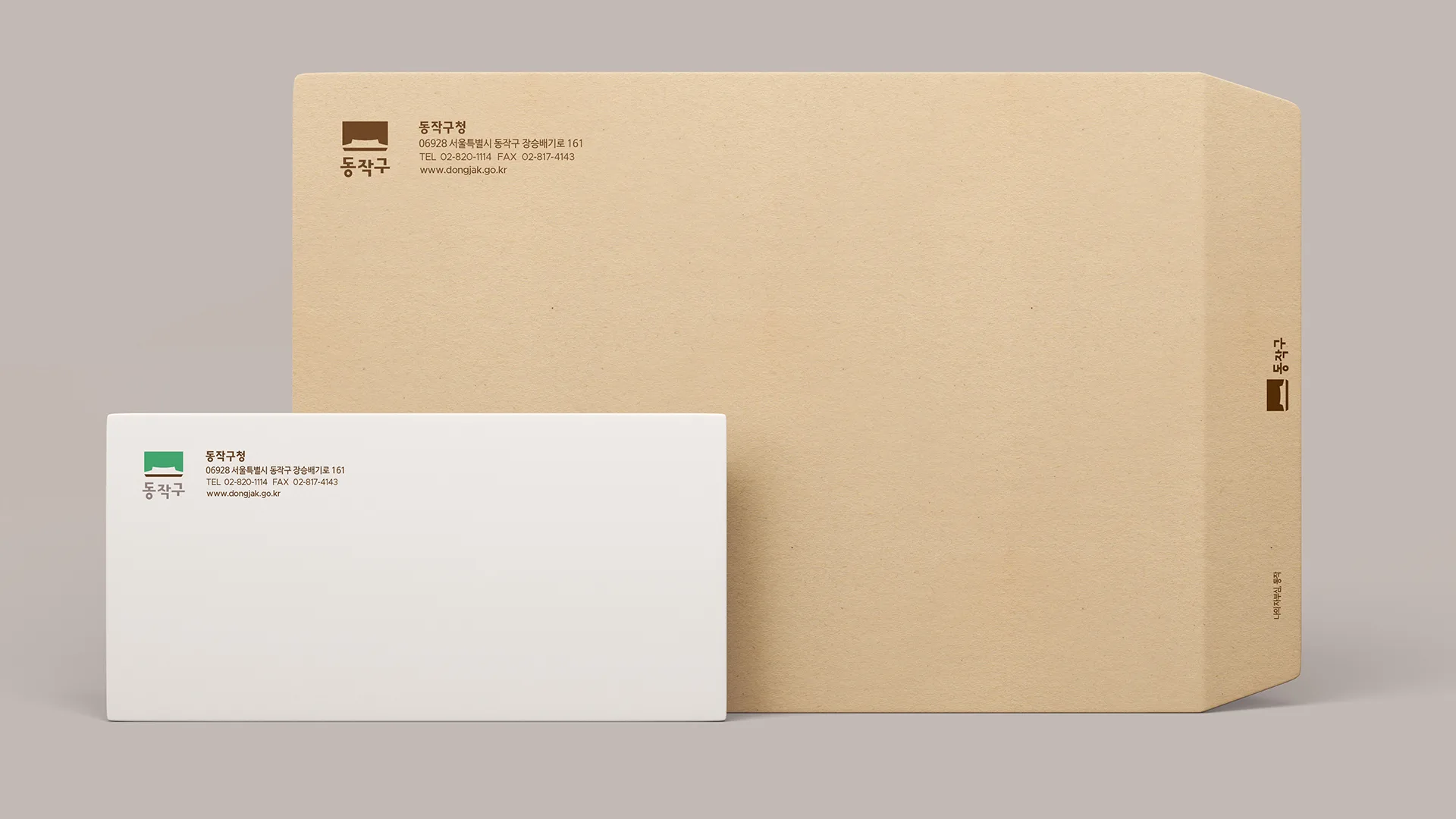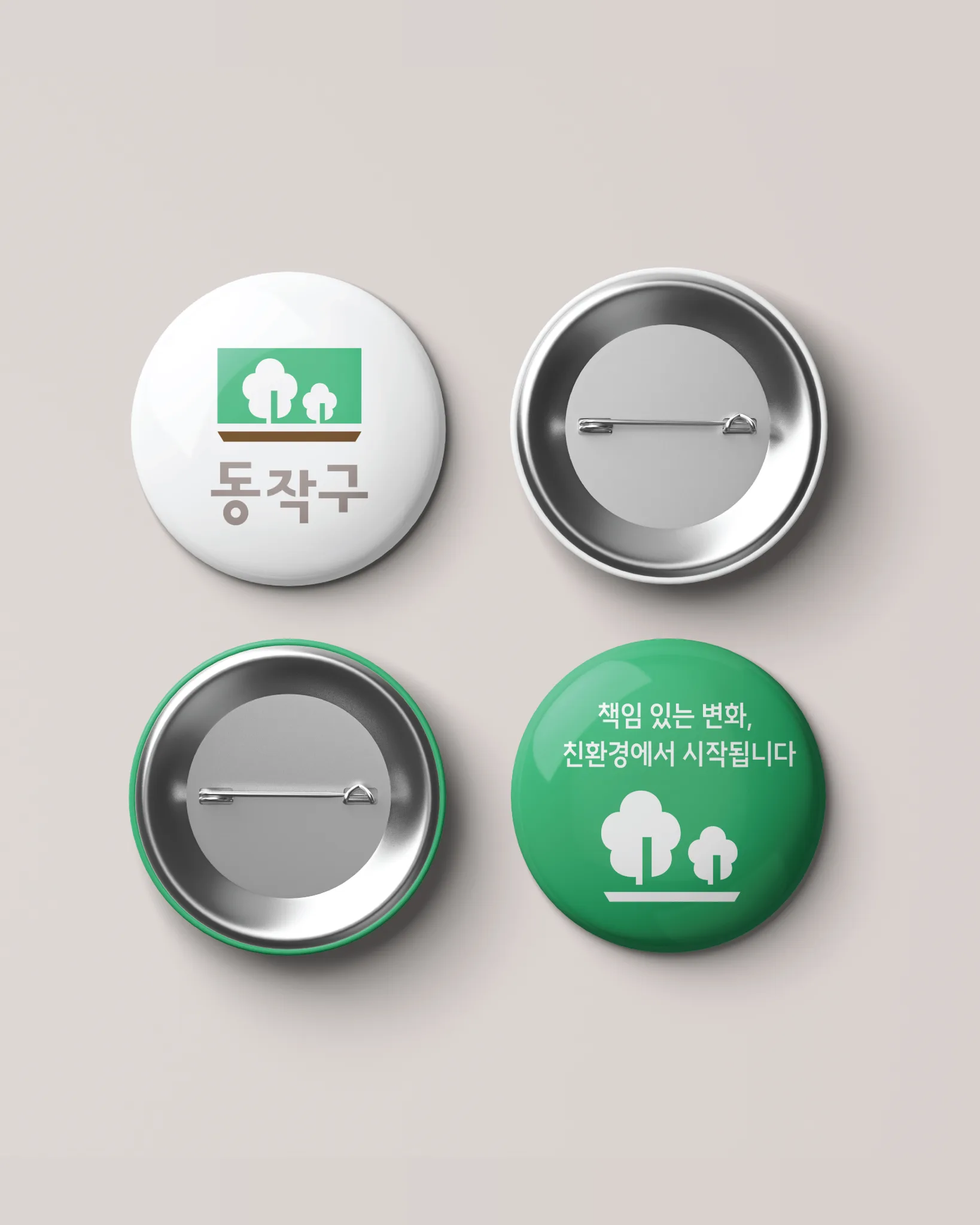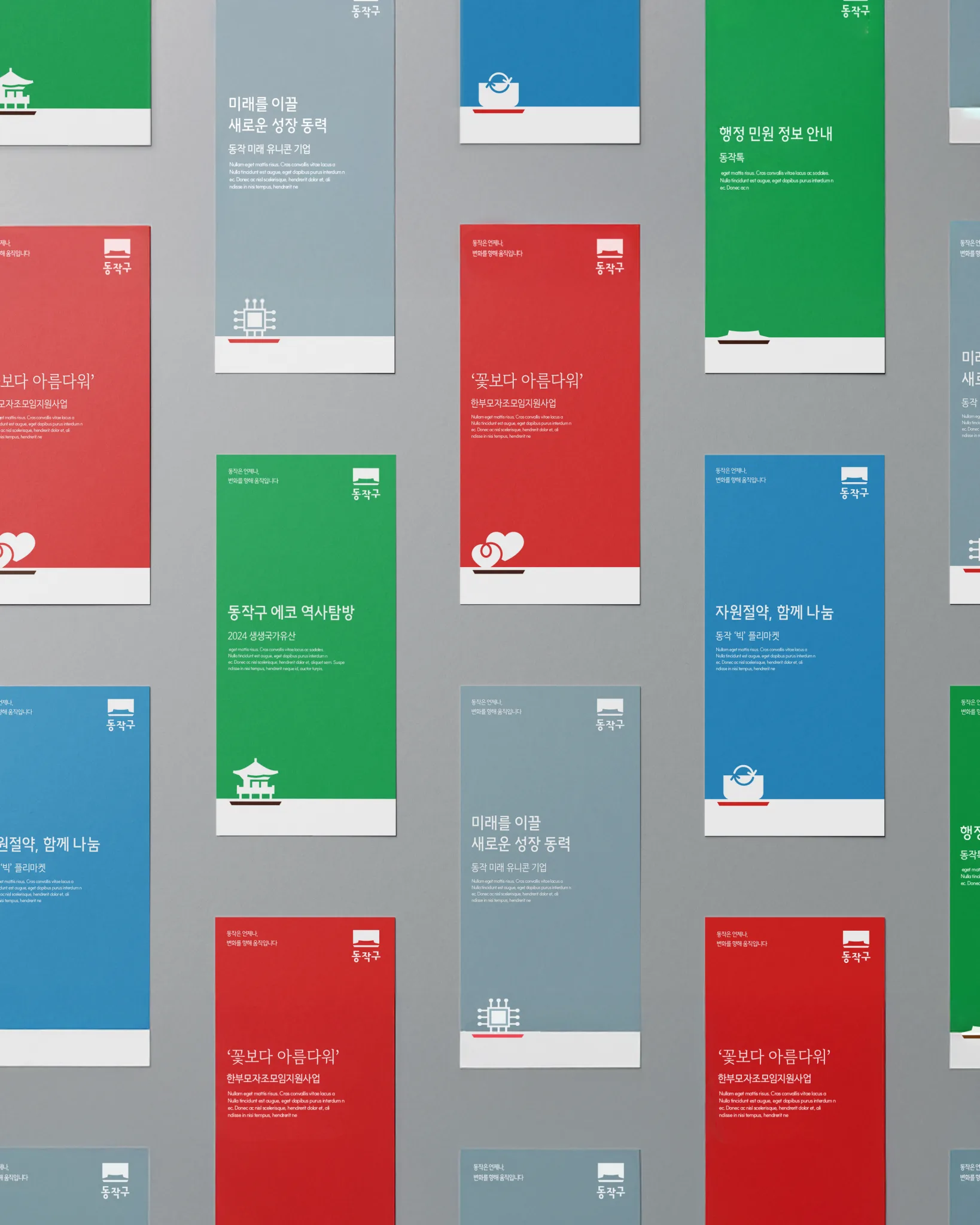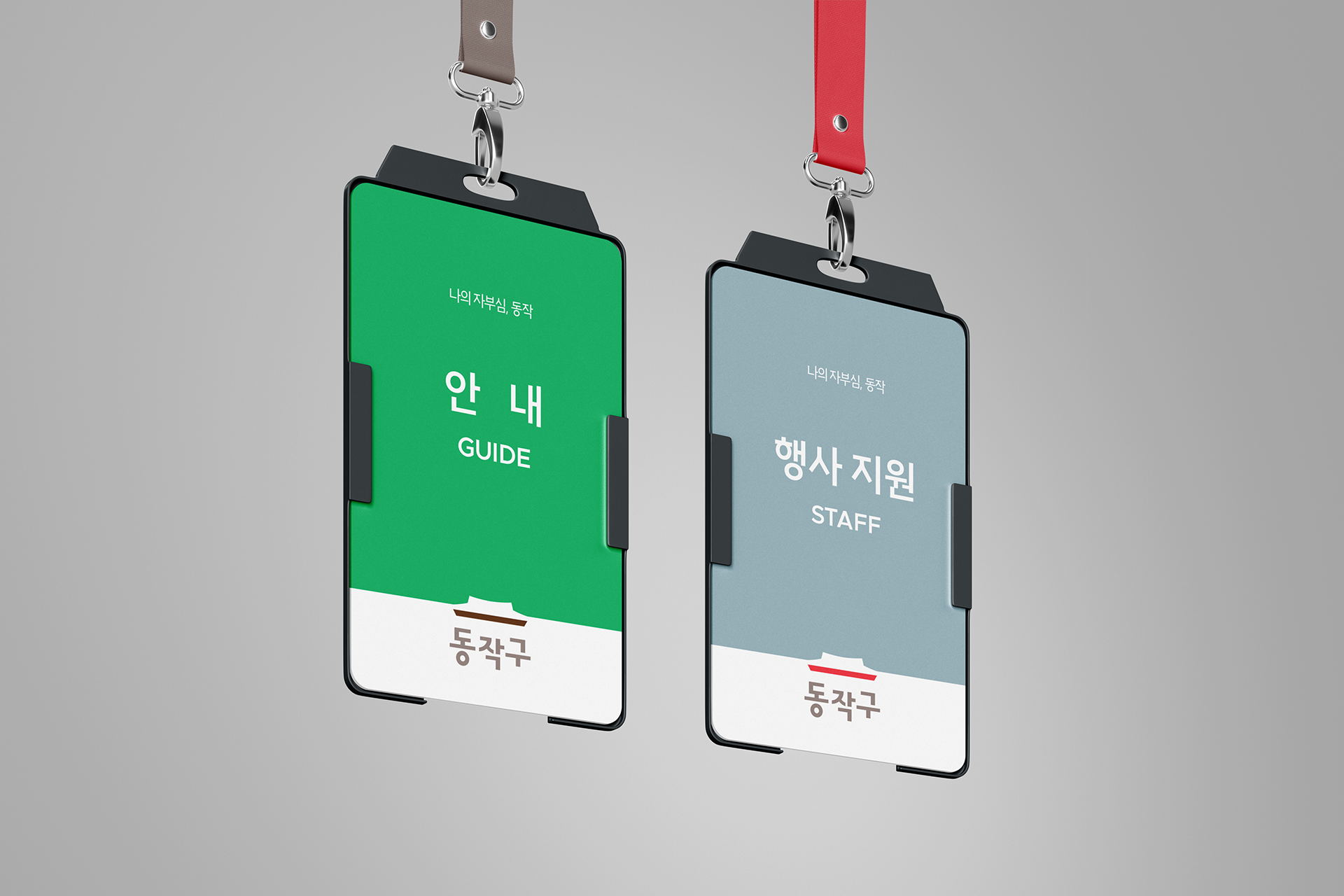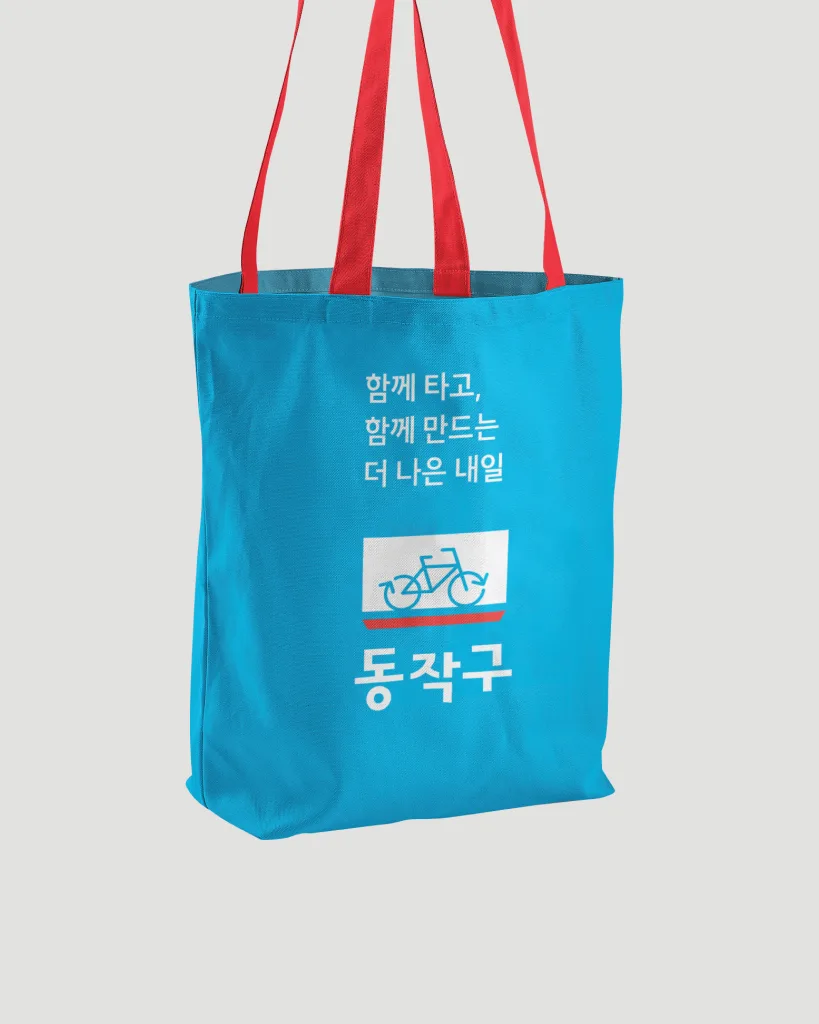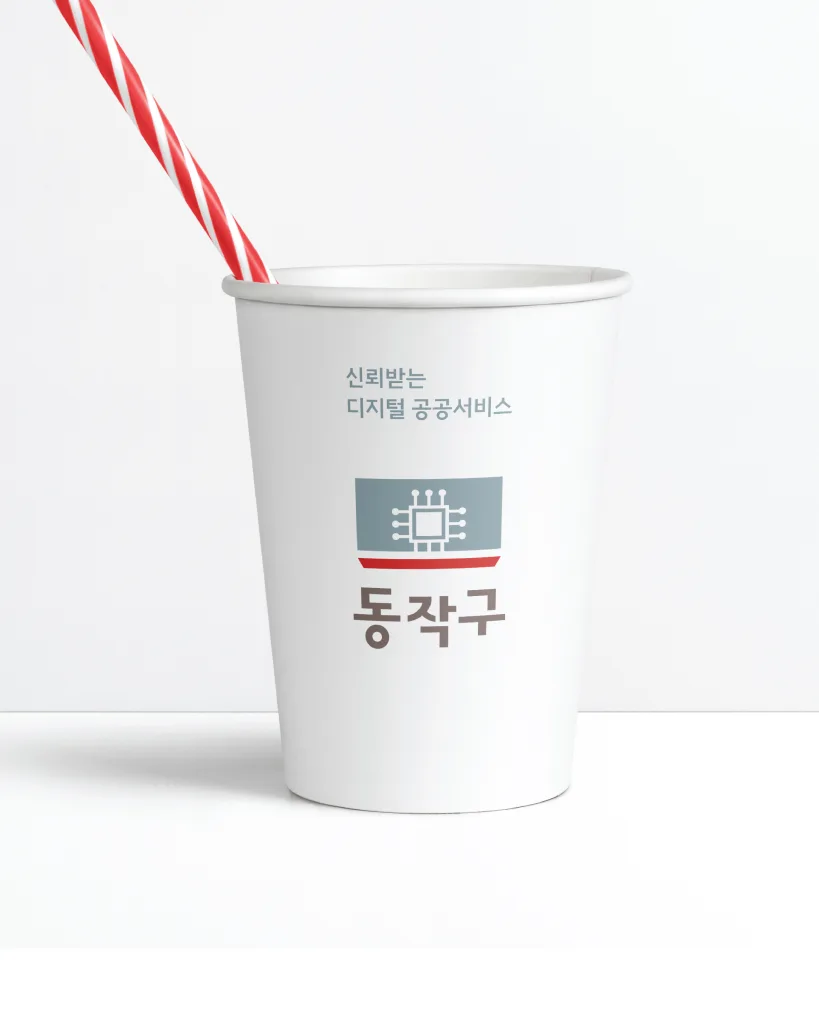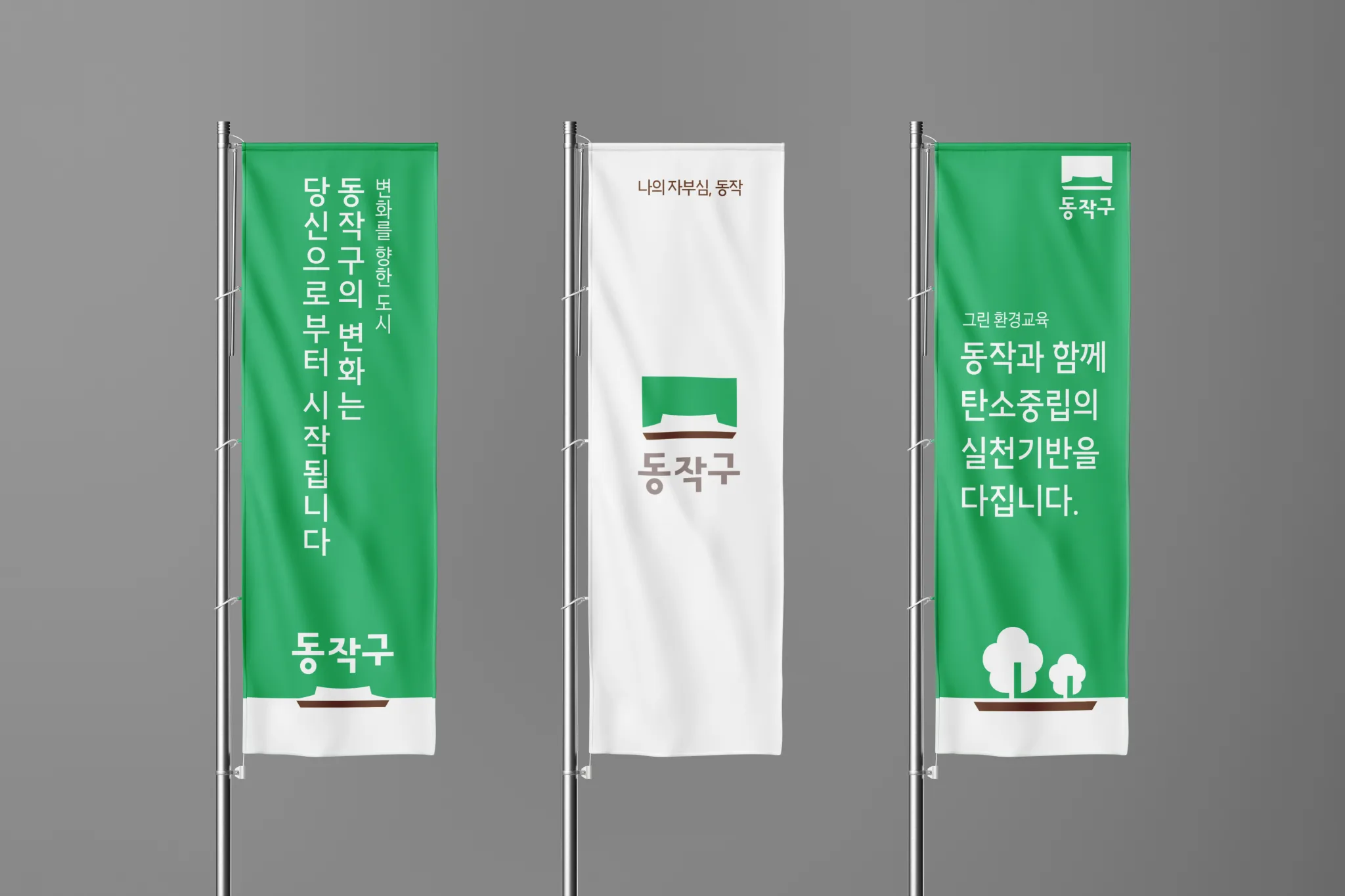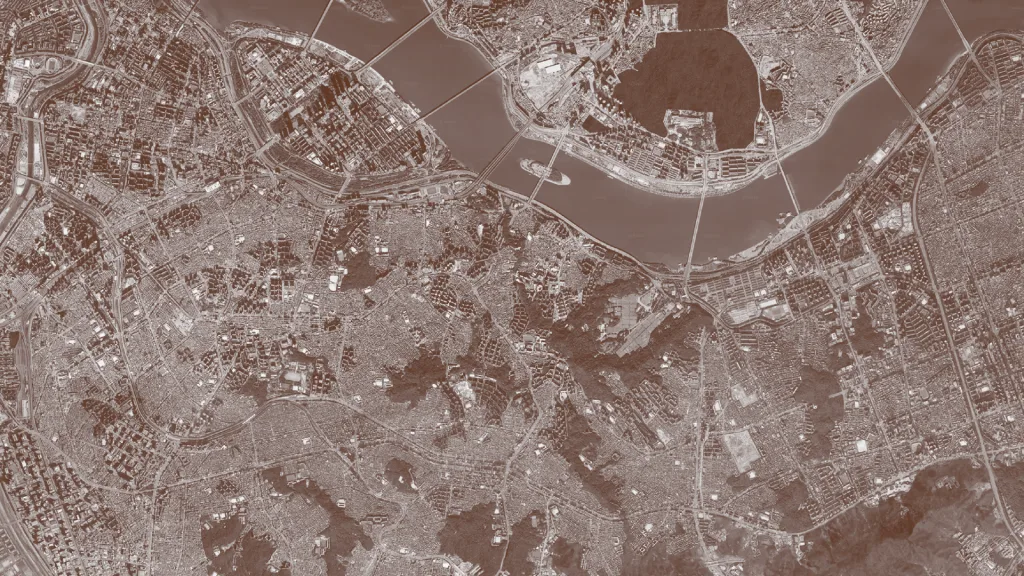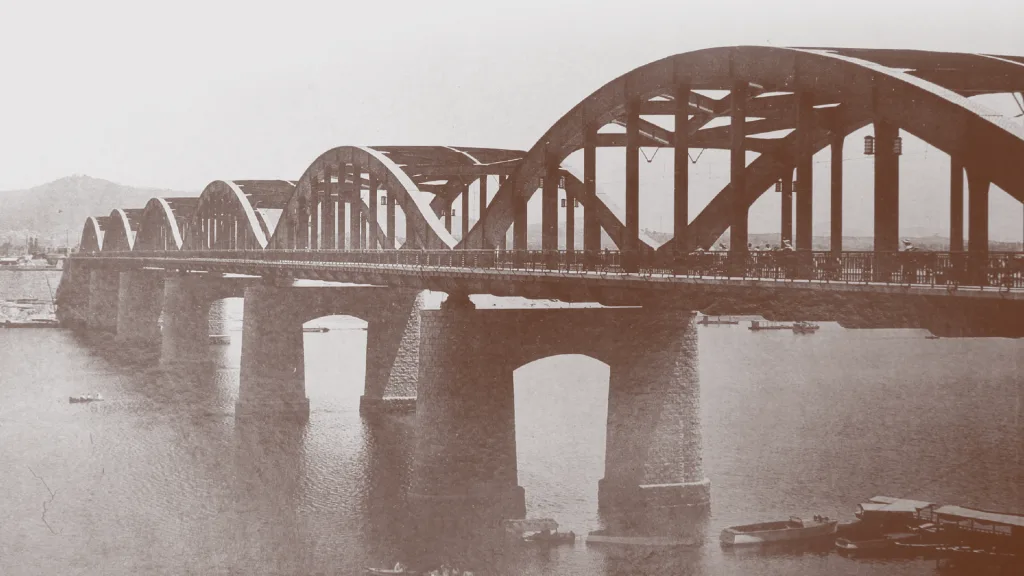Dongjak Gu
Creating the change, Dongjak in Motion
동작은 언제나,
변화를 향해 움직입니다.
동작구는 ‘노들나루’를 중심으로 서울의 남과 북을 잇는 교통과 상업의 중심지와 서울현충원, 충신의 상징 사육신묘 등의 문화유산은 동작구의 철학과 문화적 기반을 이루고 있습니다.
또한 동작구는 대한민국 성장과 발전의 역사적 상징들을 품고 있어, 불굴의 도전 정신, 멈추지 않는 열정적인 에너지, 무한한 성장 잠재력을 정체성으로 삼고 있는 도시입니다.
Dongjak-gu serves as a hub for both transportation and commerce, connecting the north and south of Seoul, centered around ‘Nodeulnaru’ (Nodeul Ferry). Furthermore, cultural heritage sites such as the Seoul National Cemetery and the Saryuksin (Six Loyal Subjects) Shrine, a symbol of loyalty, form the philosophical and cultural foundation of Dongjak-gu.
Sector
Public Administration
Expertise
Brand Revitalization
City Identity
Visual Identity
DONG JAK
in Motion
누구보다 앞서는 동작,
가치를 이어가는 동작,
미래로 나아가는 동작
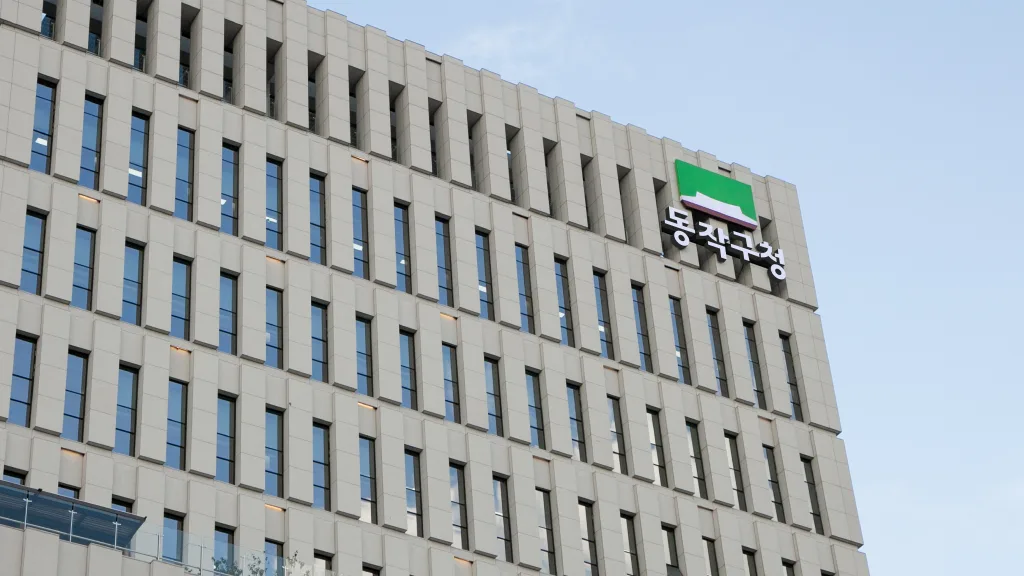
Dongjak Gu
Brand Design
Renewal project
스튜디오라자는 동작구청과 협업하여 동작구의 브랜드 아이덴티티를 새롭게 구축했습니다. 호국정신의 역사적 배경을 바탕으로, 무한한 성장을 향해 도전하고 변화하는 동작구의 모습을 담고자 대표 이미지를 중심으로 다양한 환경에 유연하게 적용할 수 있는 디자인 시스템을 구축해, 안정감 속에서도 도전과 열정이 공존하는 구의 정체성을 표현했습니다.
Studio lajah collaborated with the Dongjak District Office to redefine the brand identity of Dongjak-gu.
Rooted in the historical spirit of national defense, the new identity embodies a district that continually challenges itself and evolves toward boundless growth.
Built around a core visual motif, the flexible design system expresses a sense of stability and passionate drive across diverse applications.
TYPE A
TYPE B
TYPE C
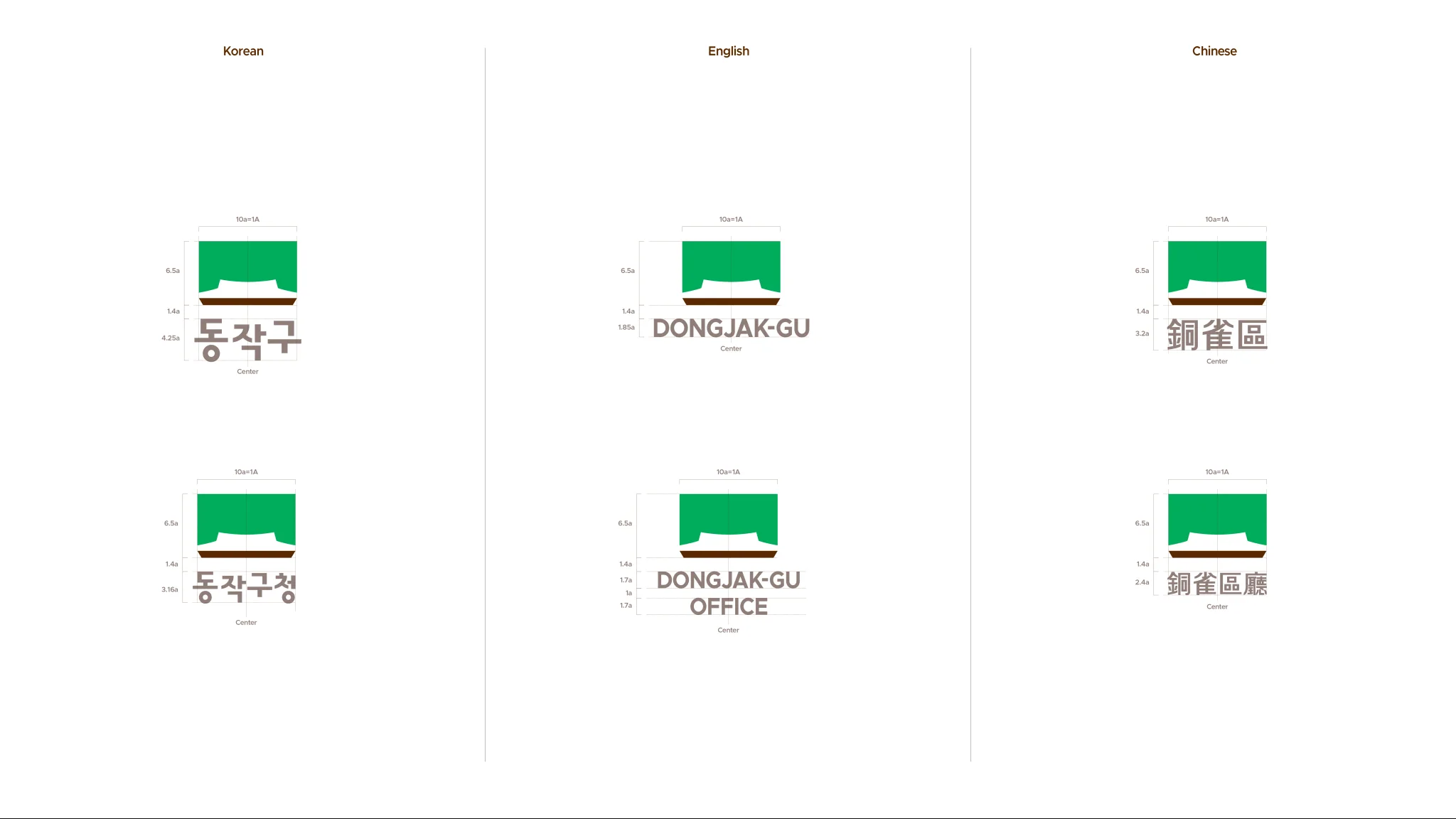
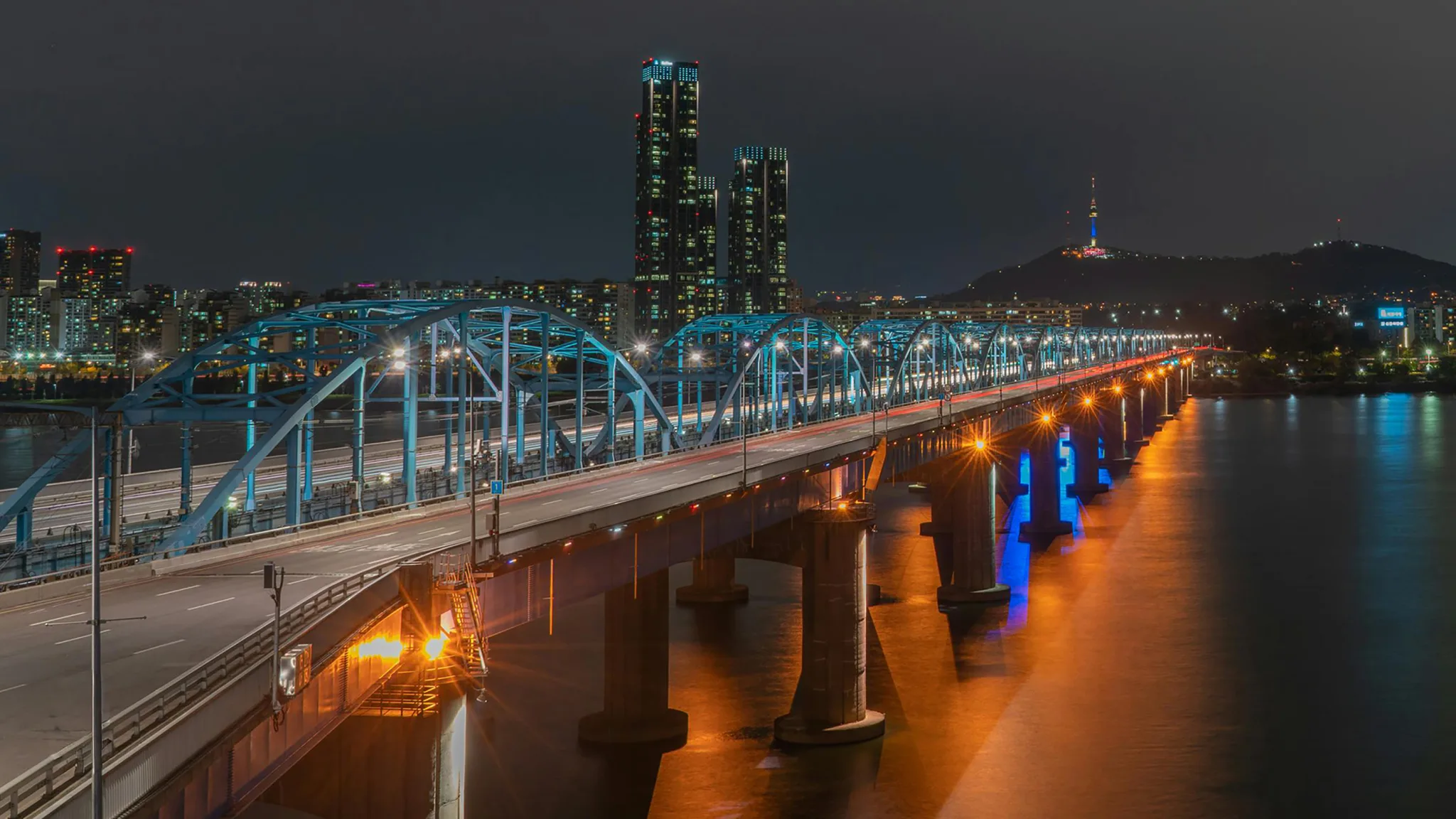
Flexible
Color
& Icon
System
동작구의 창의성과 도전정신은 구정 활동의 다양한 성격을 반영한 색상과 아이콘 활용에 나타납니다.
메인 로고와 색상뿐 아니라, 여러 구정 활동과 구민들의 일상 속에서도 이러한 역동성과 에너지를 느낄 수 있도록 컬러 시스템을 구성했습니다.
The creativity and spirit of challenge that define Dongjak-gu are expressed through the use of colors and icons that reflect the diverse nature of the district’s public initiatives.
Beyond the main logo and color palette, the color system was designed to convey this sense of dynamism and energy across various municipal activities and in the everyday lives of its residents.

